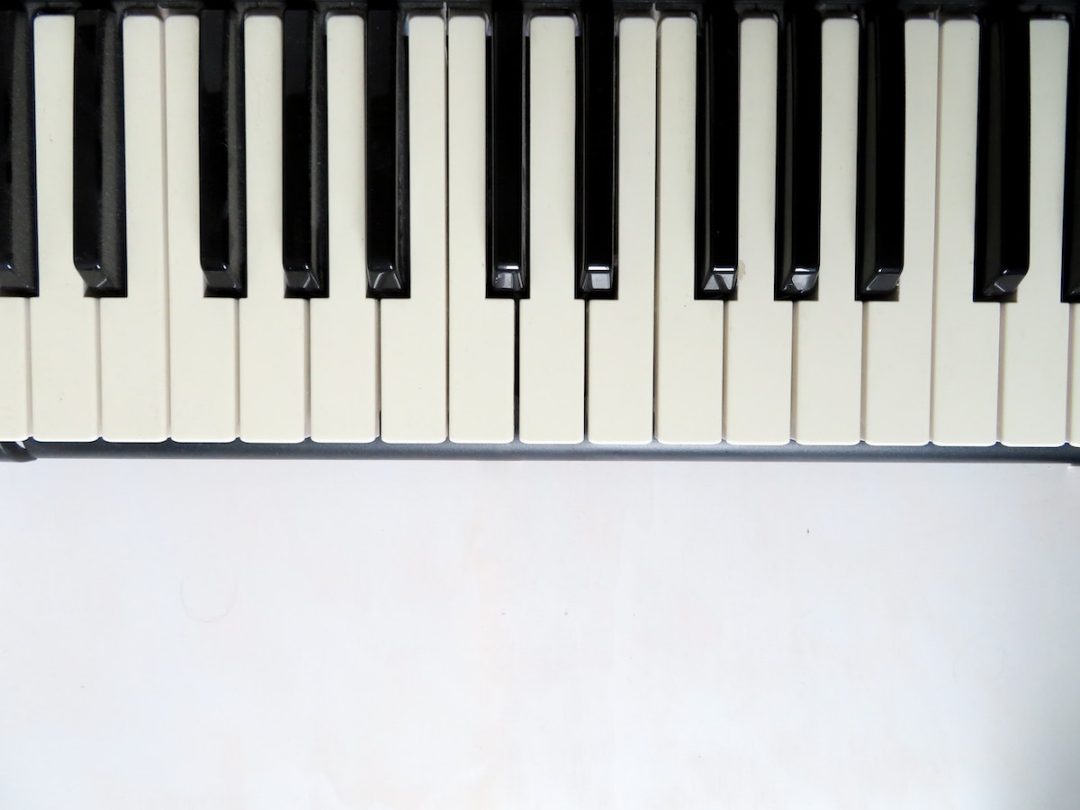There are seven total music modes including the major and natural minor scales. Why learn them at all?
Songwriters and producers can always benefit from music theory; when you know the rules, or at least the basics, it can help you get out of ruts when instinct and creativity isn’t enough. It’s also helpful in communicating ideas with trained musicians who respond to the language of music.
Understanding even just a little bit about music modes can help you bye a more knowledgable person in the room.
What Is a Music Mode?
In short, modes are just different scales, each with their own sonic “flavor.” They were the early building blocks of Western music, and certain modes frequently appeared in church, or sacred, music.
What a mode does is simply rearrange the notes of the major scale by starting on a different root. For example, using the key of C major (C – D – E – F – G – A – B – C) as our base, what would happen if you kept all of the same notes but started on D instead of C?
You’d get this arrangement of pitches—D – E – F – G – A – B – C – D—which is the second mode of the major scale in the key of C. If you started on E you’d get the third mode, and so on.
How Are Modes Constructed?
As noted above, music modes take the same notes from their “parent” major scale and play them in a different order. So if you took the notes from C major (all naturals) and started on A, you’d be playing the sixth mode of the major scale—which, conveniently, happens to be the relative minor scale as well!
We’ll continue with a simple breakdown of each mode, staying in C major for the sake of ease.
Ionian
Ionian is the first mode and just another way to identify the major scale. C major contains all natural notes—all white keys on the piano. It’s the easiest way to play through modes when you’re first getting familiar with them.
Dorian
Dorian is the second mode of the major scale. It starts and ends with D in the key of C major, using all of the same pitches. Dorian has a minor quality to it with a natural sixth and flat seventh. These characteristics give Dorian its distinct sound, which you’ll find to be the case with every mode.
Phrygian
Phrygian is the third mode starting on E. It, too, is a minor scale with flat second, sixth, and seventh scale degrees.
Lydian
Moving along, we find our fourth mode of the major scale beginning on F as the root. Lydian is a major sounding scale with a raised fourth.
Mixolydian
Next, we have the Mixolydian mode. This is the fifth mode and a major scale itself, taking on a slight “bluesy” quality thanks to the flat seventh.
Aeolian
Aeolian is our sixth mode. Another name for it is the “natural minor,” because the sixth scale degree in a major key is the relative minor (and the third scale degree of a minor key is its relative major). Next to Ionian, Aeolian is extremely common in all forms of music.
Locrian
Finally, we have perhaps the most divisive mode: Locrian. It’s the least commonly used mode since it’s a minor scale with four flat scale degrees: the second, fifth, sixth, and seventh. In a word, it sounds “evil,” but just because it’s uncommon doesn’t mean it’s not worth trying yourself.
How to Apply Music Modes in the Studio
Music modes are a wonderful way to break away from the stale major and natural minor flavors we’re all accustomed to. Each mode has its own sound palette; generally speaking, music modes with more flat scale degrees are darker and more melancholic, while those with more raised degrees are a bit more optimistic sounding.
There’s no right or wrong way to apply music modes to whatever project you’re working on. Ultimately it’s up to you when and where to play a particular mode to make a song more interesting than straight Ionian or Aeolian. The first thing to do is to get familiar with each music modes’s distinct sound, so you can know which colors would fit the given project!
Are you a guitar player looking to expand your scale knowledge? Check out Relationshapes: Complete Guitar Scale Learning System!
